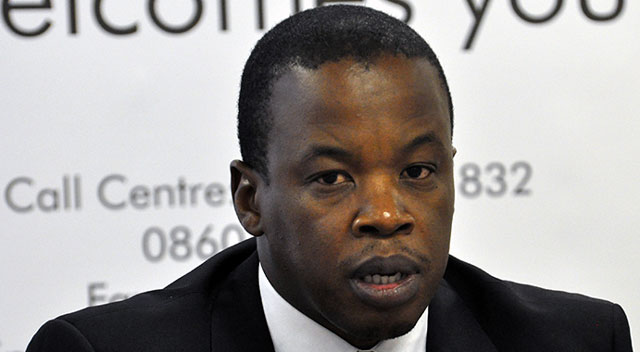
State-owned signal distributor Sentech, which has been marred by controversy in recent years, has received a clean audit for the 2012/2013 financial year, its first in more than a decade.
The company says the clean audit is “a statement of commitment to clean administration and corporate governance”.
“The company was certified as a going concern and there were no material findings on predetermined objectives, compliance with laws and regulations and the status of internal controls.”
Sentech says one of its service delivery targets for the financial year was to achieve 80% population coverage of the digital terrestrial television network and that it recorded 80,4% population coverage four days before the end of the financial year.
“The company is confident that the entire network migration programme will be completed by the end of March 2014,” it says.
Normalised revenue from continuing operations increased by 7%, from R776m to R831m, while operating profit from continuing operations increased by 20% to R177m.
Cash generation during the period also improved, with cash from operations increasing from R277m to R299m.
Sentech says it has at last received “final clarity” from national treasury on the treatment of interest earned on government grant funds. Consequently, interest that was previously recognised as income in previous years — that is, before the November 2012 determination from national treasury — will be refunded. The total amount is R173m and includes R21m for the current year.
The company has also reached a settlement with the Independent Communications Authority of South Africa regarding licence fees. In April, Sentech said that it would hand back spectrum it held in the 2,6GHz and 3,5GHz bands that it hadn’t used since the failure of MyWireless, its consumer wireless broadband offering, several years ago.
At the time, CEO Setumo Mohapi, who was appointed at the end of 2010, said the company was returning the spectrum because a new licensing regime from Icasa had resulted in Sentech’s spectrum fees increasing 10-fold. Though it has expressed interest in building an open-access wireless broadband network, it returned the spectrum in the interim while awaiting the department of communications’ national broadband strategy.
The company is also running a pilot this year to test the feasibility of introducing a new type of technology for broadcasting television to handheld devices like smartphones called DVB-T2-Lite. — (c) 2013 NewsCentral Media




